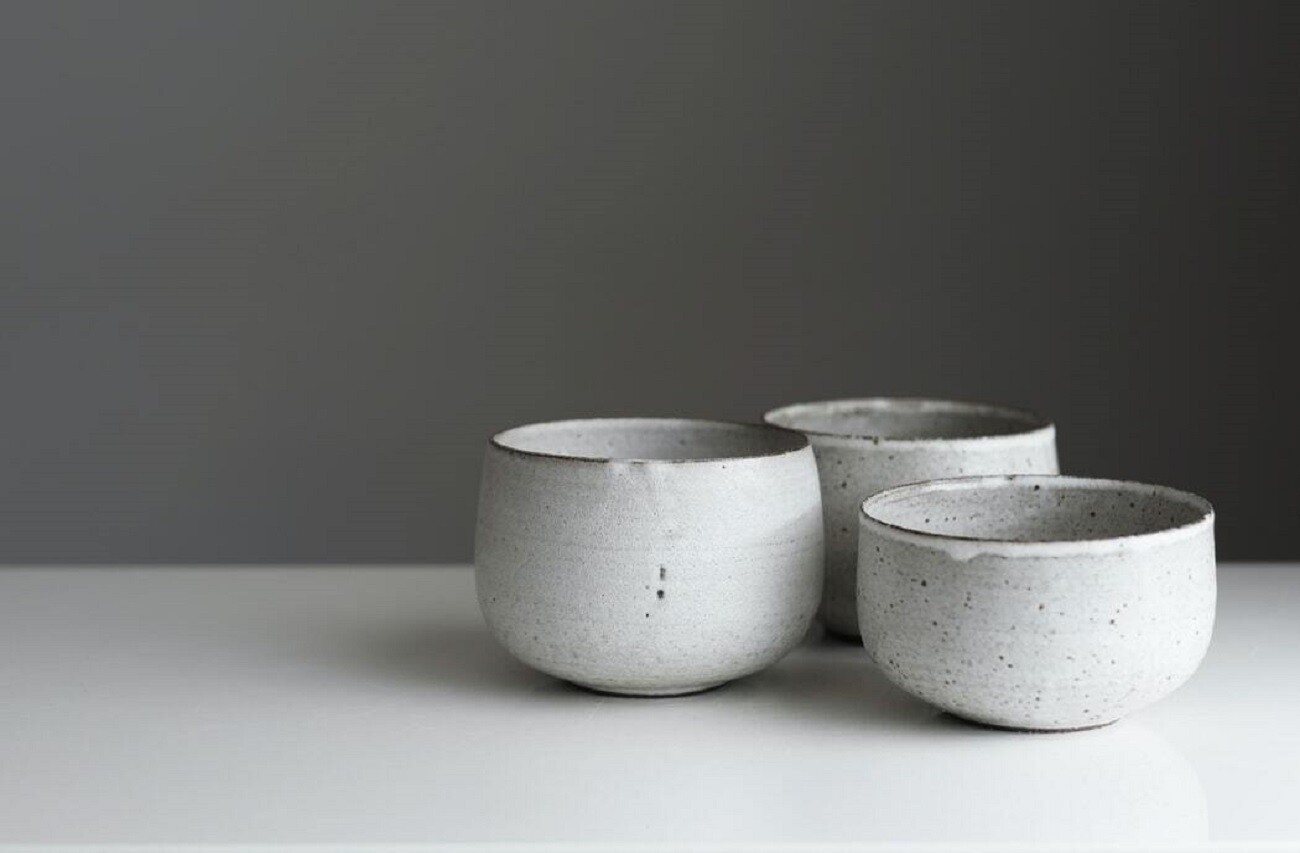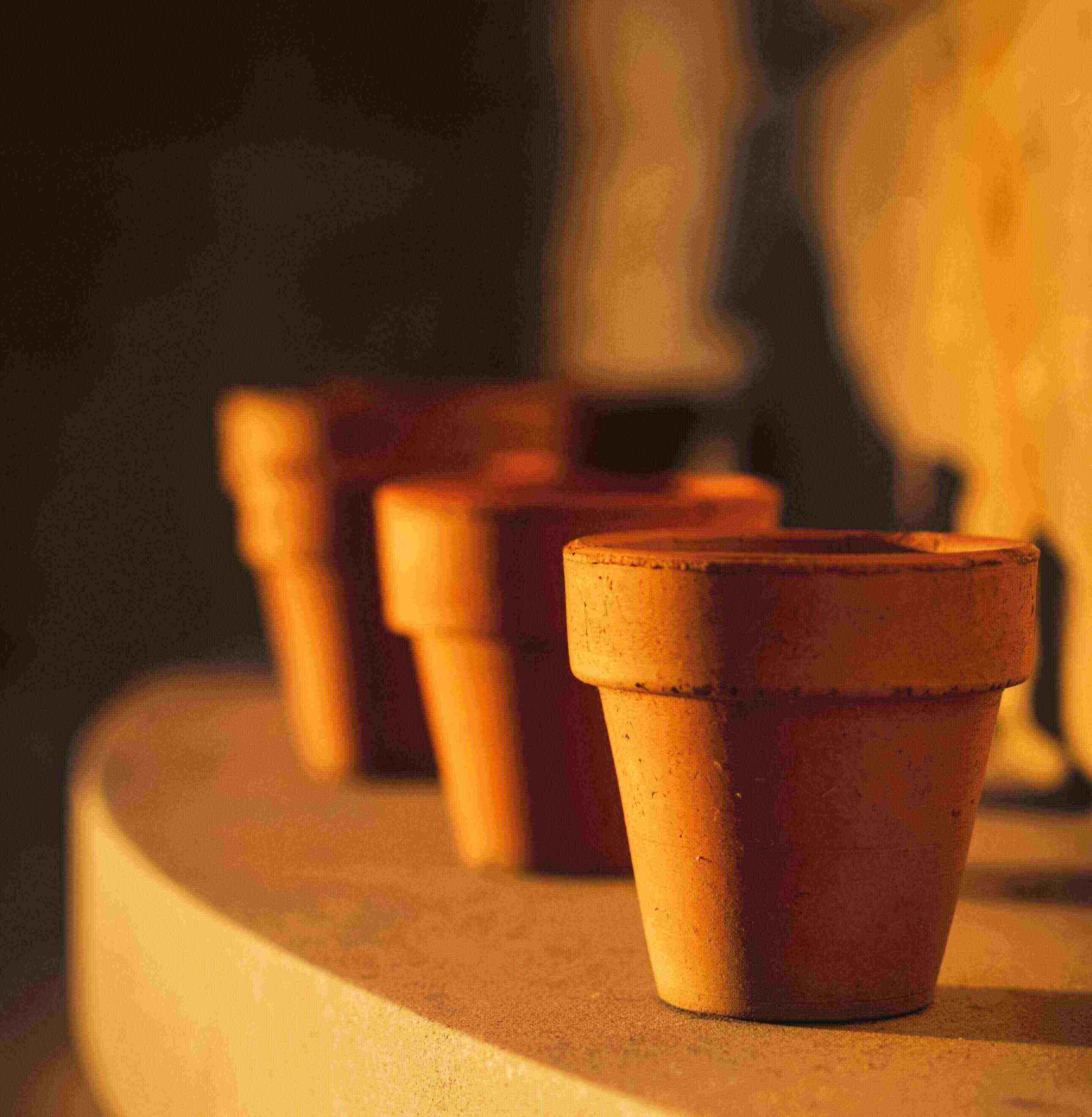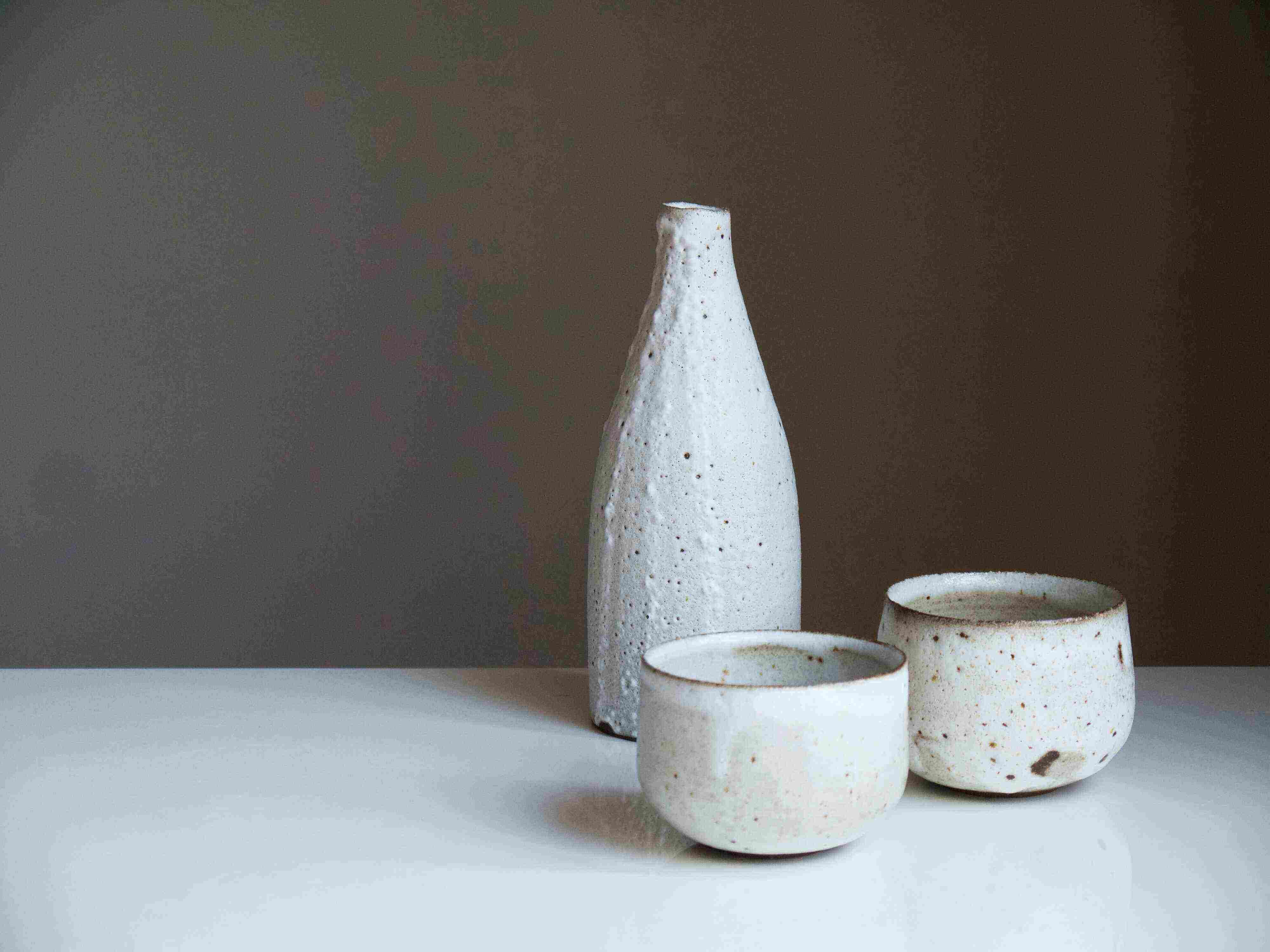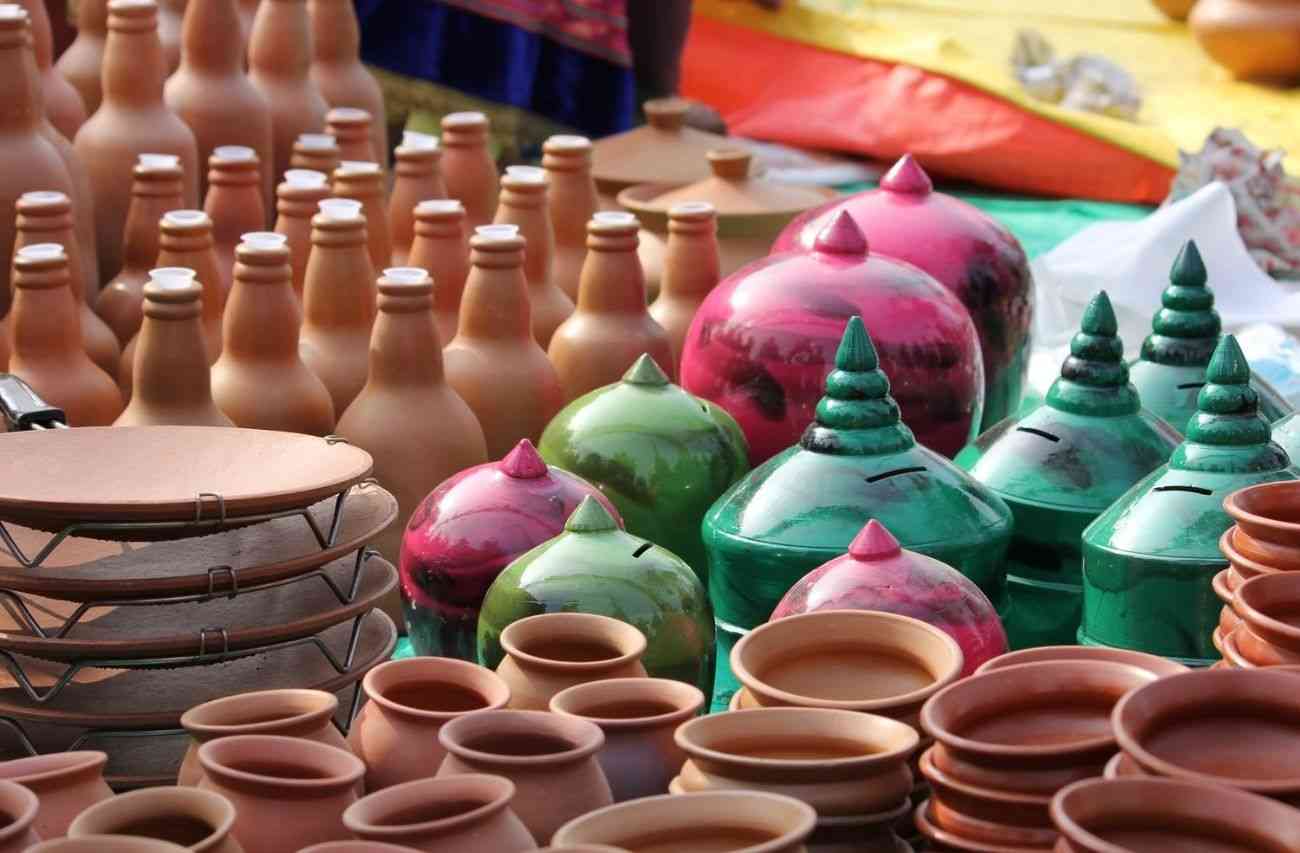
toneware and earthenware are an integral part of our lives. Probably everything from our dinnerplates to coffee mugs, bathroom counter accessories like soap dishes and dispensers to décor items like aroma diffusers and vases, are ceramic. However, often the terms stoneware and earthenware are interchangeably used.
Earthenware
Earthenware is made from grainy coarse clay on a potter’s wheel. Because it is thick and dense, it is easy to work with. It is fired at a temperature lower than 1200 degree C, which is relatively lower than other forms of ceramics like stoneware and porcelain. When fired, it is usually a shade of brown, red, tan, orange, gray or white. Since it’s porous, earthenware has a tendency to absorb liquids. It can be made impervious to liquids by coating it with a glaze. It is more prone to chipping than stoneware. Terracotta is an example of earthenware.

Terracotta: This clay variety is strong, durable and also naturally resistant to mold and bacteria. According to ancient Ayurveda, it is said that clay helps retain over 97% of the nutritive value of food, making it a much healthier, sustainable and eco-friendly lifestyle choice. Terracotta is made by mixing local Indian clay with other materials. The paste is then left to dry in the sun after which it is mixed with ash and sand and kneaded by hand. The clay is rotated on a potter’s wheel with gentle, expert strokes and baked in a kiln at temperatures below 1200 degree C. It is after this process that the clay turns into terracotta, the beautiful reddish-brown material that has come to become a global phenomenon. Each terracotta offering is backed by hours of labor and dedication, making it absolutely invaluable! Just one offering can take 15 to 20 days to create!

Stoneware
Stoneware is a relatively newer phenomenon, an upgraded version of earthenware in layman terms. It gets its name from its stone-like properties – it is durable and nearly non-porous. It requires a higher kiln temperature (more than 1200 degree C) than earthenware to harden (fun fact: that’s hotter than lava from a volcano!).
Those high temperatures turn the glaze on the outside of the stoneware to glass, or vitrify it. It’s usually lighter gray, tan or brown after it has been fired. It’s durable, elegant and versatile; capable of being anything from a toy to a baking dish. It is usually food safe and can withstand the indignity of a dishwasher, microwave or even an oven under the right conditions. Stoneware also distributes and retains heat more evenly than other types of pottery, so it’s perfect for drinking coffee or tea in.
Watch these Puducherry artisans create a stoneware oil burner from scratch!
(Video courtesy: Qalara sellers)




Leave a Reply